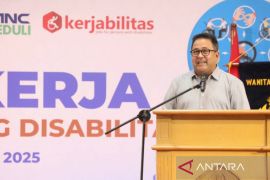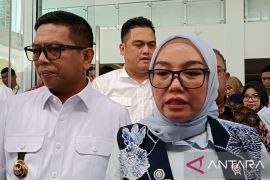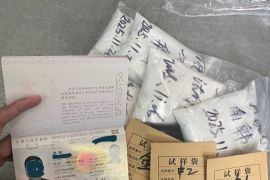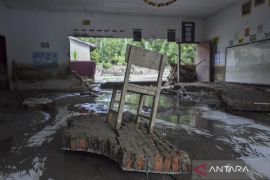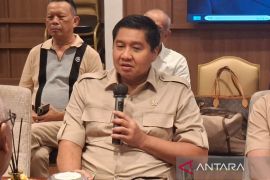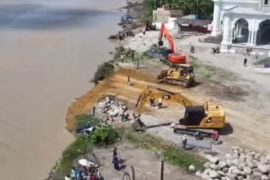Transportation Minister Budi Karya Sumadi after the Grand Launch of the ITS Automatic Identification System in Jakarta on Wednesday said that AISITS would be used to monitor ship operations, improve ship traffic safety and other marine facility operations.
"We can identify ships in busy places. There are a lot of unidentified vessels that pose a danger. Coordination from the port center should be guaranteed," he said.
Furthermore, Budi said the system had already been tried in Jakarta and Surabaya and would be a pilot project to test the system.
In addition to the safety of the ship, said BKS, AISITS will also be used to monitor sea channel flows in both transport and pioneer ships.
ITS Deputy Chancellor IV in the field of Innovation, Cooperation, Alumni, and International Relations Ketut Buda Artana explained that consecutive ship accidents inspired the creation of AISITS.
Ketut said it would be used not only to monitor ships but also to monitor pipes under the sea. According to him, this system originated from cooperation on marine safety operations between ITS and the International Maritime Education and Research Center-Kobe University in Japan, as well as several other world universities.
AISITS has several facilities, namely real-time monitoring of the underwater gas pipeline and platform systems, real-time vessel inspection (AIS for Ship Inspection and Danger Score), vessel racking system, fuel monitoring and emissions, and traffic information systems at ports. "So far, there is no system that monitors and is designed for early detection of hazards that affect the pipeline in the sea," he said.
In addition, the existence of an early warning system is perfect for this product.
This system provides information on the possible hazards in subsea gas pipelines and offshore platforms due to operations at sea.
System alerts over this product are web-based and also mobile-based. "Pipes are sometimes below the surface of the seabed or above those that cannot be received by the zone, because the ship does not know that there is a pipe and finally lowers the anchor," he said.
He explained that the ship inspection is also carried out in real time so that it can help in determining the priority level of the inspection of ships that will enter the port (inspection score).
Another system in the form of a "vessel tracking system" can display tracking from the ship in the form of lines that describe the movement of the ship within the time span of the ship while in the range of AISITS equipment so that this information can be used to support forensic studies and investigations in the event of an accident involving a ship.
Reporting by Juwita Trisna Rahayu
Editing by Eliswan
Reporter: antara
Editor: Heru Purwanto
Copyright © ANTARA 2018

